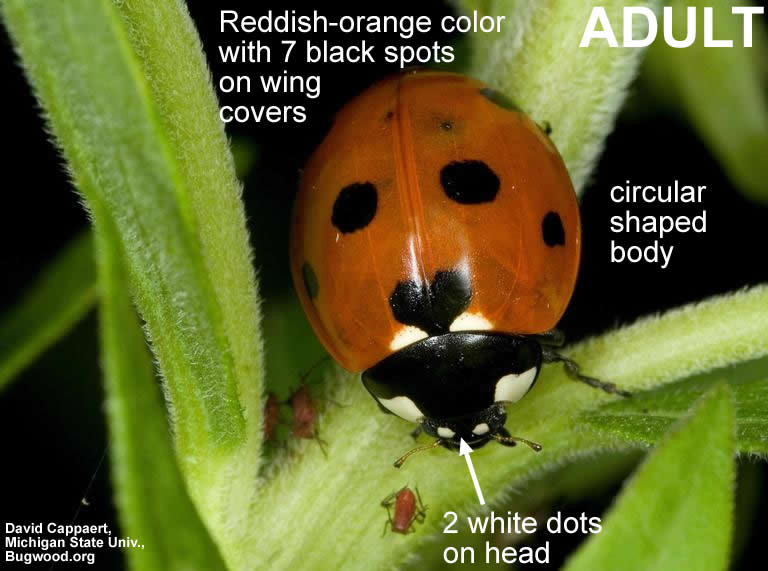C-7 Ladybeetle
go.ncsu.edu/readext?562738
en Español / em Português
El inglés es el idioma de control de esta página. En la medida en que haya algún conflicto entre la traducción al inglés y la traducción, el inglés prevalece.
Al hacer clic en el enlace de traducción se activa un servicio de traducción gratuito para convertir la página al español. Al igual que con cualquier traducción por Internet, la conversión no es sensible al contexto y puede que no traduzca el texto en su significado original. NC State Extension no garantiza la exactitud del texto traducido. Por favor, tenga en cuenta que algunas aplicaciones y/o servicios pueden no funcionar como se espera cuando se traducen.
Português
Inglês é o idioma de controle desta página. Na medida que haja algum conflito entre o texto original em Inglês e a tradução, o Inglês prevalece.
Ao clicar no link de tradução, um serviço gratuito de tradução será ativado para converter a página para o Português. Como em qualquer tradução pela internet, a conversão não é sensivel ao contexto e pode não ocorrer a tradução para o significado orginal. O serviço de Extensão da Carolina do Norte (NC State Extension) não garante a exatidão do texto traduzido. Por favor, observe que algumas funções ou serviços podem não funcionar como esperado após a tradução.
English
English is the controlling language of this page. To the extent there is any conflict between the English text and the translation, English controls.
Clicking on the translation link activates a free translation service to convert the page to Spanish. As with any Internet translation, the conversion is not context-sensitive and may not translate the text to its original meaning. NC State Extension does not guarantee the accuracy of the translated text. Please note that some applications and/or services may not function as expected when translated.
Collapse ▲- Common Name: C-7 Ladybeetle
- General Category: Predator
- Taxonomic Classification: Coleoptera: Coccinellidae
- Scientific Name: Coccinella septempunctata
Description
The c-7, or seven-spotted ladybeetle, is originally from Europe and was introduced to the United States for aphid management. Both the adults and larvae are predatory on aphids as well as a variety of other small insects and their eggs. The adults and larvae can be found in a variety of habitats, wherever aphids occur in larger numbers.


Identification
Review the images for tips on how to identify these predators.
Adults
Round, concave on top, flat underneath. Small, clubbed antennae. Two small white spots on head, seven black spots on a reddish-orange wings covers.
Larvae
Spiny alligator-like bodies with two incomplete orange stripes across a blue-black abdomen. Legs that appear sharp and footless at the ends.
Value in Pest Management
Important contributors to pest management. Although these non-native beetles focus their attention on aphids, they are generalist predators and will consume other small insects and their eggs. The natural control they provide helps to suppress some pest populations. They are also the most widely sold ladybeetle for biological control of insect pests in North America (see BIRC online Directory).
Origin and Distribution
Native, throughout North America.
Discover Life – Coccinella septempunctata


